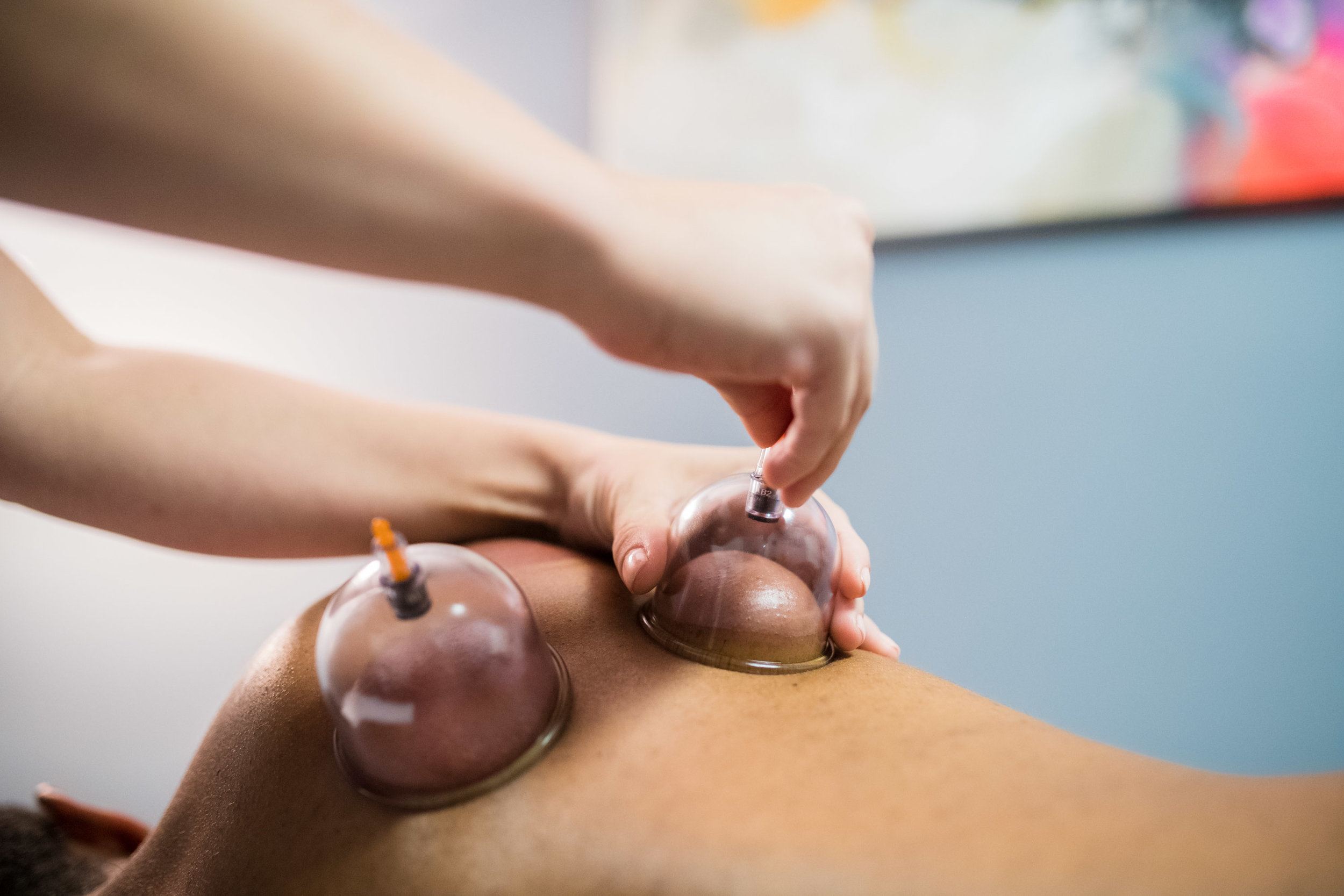Manual Therapy
With over a two decades of experience and extensive training in many manual therapy techniques, we take a hands on approach to helping you move better.
Our manual therapy approach utilizes a systematic evaluation to determine what tissues are involved allowing for specific joint mobilizations, soft tissue and myofascial work as well as a variety of taping techniques to help you move your best. Joint and spinal mobilizations are safe and effective ways for your therapist to help you move stiff or painful joints.
We also offer a variety of soft tissue and myofascial techniques including Instrument Assisted Soft Tissue Mobilization (IASTM) as well as myofascial decompression and cupping. These techniques create space within the tissue layers for improved gliding and mobility, improve the pain associated with trigger points, improve blood flow and create a change to the neuromuscular system which allows for improved mobility and pain relief.
Your provider will discuss with you which form of manual therapy will provide the most benefit for your current condition.
Soft Tissue Mobilization
Myofascial Release (MFR)
Joint mobilizations and manipulations
Active Release Technique (ART)
Muscle Energy Technique (MET)
Instrument Assisted Soft Tissue Mobilization (IASTM) including Graston Technique
DRY NEEDLING
Myofascial Decompression/Cupping
Cupping and MFD use negative pressure forces with suction cups to lift the tissues. This creates space within the tissue layers for improved gliding and mobility. Decompression helps release tight tissues, improve the pain associated with trigger points, improve blood flow and nutrient exchange and create a change to the neuromuscular system which allows for temporary pain relief.
See our blog post for more information:
Joint mobilizations
All of our therapists have training in safe and effective joint and spinal mobilizations. These techniques can be beneficial for stiff or painful joints.
Kinesiotaping
Kinesiotaping can decrease pain, decrease swelling and inflammation, and offer tissue support and proprioception in order to delay fatigue and normalize movement. Taping can be a great addition when combined with other techniques including neuromuscular re-education, restorative exercises and functional movements.
Graston Technique + IASTM (Instrumental assisted soft tissue mobilization)
Graston Technique + IASTM are skilled intervention that includes the use of specialized tools to manipulate the skin, fascia, muscles, and tendons by various direct compressive stroke techniques.
Dry Needling
Dry needling is a skilled intervention that uses a thin filiform needle to penetrate the skin to directly target nerves, muscles, trigger points, and connective tissues for the management of neuromusculoskeletal pain and movement impairments. It can treat a wide variety of conditions head to toe and has no down time afterwards. Dry needling greatly reduces pain and combined with other PT interventions, can improve activity and function.
If you are interested or have questions about dry needling, please contact Dr. Carli Kavanagh at carli@arrowptseattle.com.







